 |
| Under attack, the enemy in the positions of Hill C ran in disarray, our shock troops in the trenches used sniper rifles to shoot the enemy. Photo: VNA file |
The enemy counterattacked to retake base 311B but failed.
On the night of May 4, 1954, in the western field, after destroying 311A, the 308th Division continued to attack 311B (Huguette 4) inside. The 36th Regiment destroyed a company of foreign legionnaires and Moroccan soldiers, bringing the battlefield closer to the Lilie resistance center (just separated from Cloudine), the last screen protecting the De Castries Command in this direction. (1)
On the enemy side, in the book “ Dien Bien Phu - The historic confrontation that America wants to forget”, author Howard.R.Simpson recounted: A regiment and 4 battalions attacked the stronghold 311 B (Huguette 4) on the night of May 4. Captain Jean Lucciani of the 1st Foreign Legion Parachute Battalion commanded and together with the mixed force of paratroopers and Moroccan soldiers determined to resist. At 3:35, De Castries and his staff were the rare witnesses to the defeat of Huguette 4. A radio telegram from a surviving officer informed the Command Center that only a few people were still fighting. Later, listeners learned that he was dead and that he had even fired at the radio when the Viet Minh army attacked the trenches.
At 9:00 a.m. on May 4, 1954, General De Castries sent a secret telegram to General Cogny informing him of the failure of Huguette 4. He also stated that his losses were serious and pointed out that despite his repeated requests, the remaining men of the 1st Colonial Parachute Battalion had not been dropped. The telegram gave a very detailed analysis of the situation at that time:
“Our supplies were very low. They had been reduced little by little for 15 days. We did not have enough ammunition to stop the Viet Minh attacks or fire. It was clear that no effort was being made to save the situation. The night drops had to start at 8 p.m. instead of 11 p.m. The mornings were foggy so night drops had to be planned. I had to rely entirely on large supplies. In fact, our units could not leave their bases without being exposed to sniper and recoilless rifle fire. The lack of transport vehicles and the lack of porters forced me to use very tired units for recovery purposes. The results were terrible. It also caused many losses. I could not hope to recover half of what had been dropped. But the quantity being sent to me now was only a fraction of what was required. This situation could not continue. I thought that a Again, on the subject of commendation, I have nothing to encourage the spirit of my soldiers, who are doing superhuman work. I dare not look at them with nothing in their hands.” (2)
De Castries summoned his commanding officers and gave them the order to flee.
After failing to carry out the “Falcon” plan on May 4, 1954, Conny informed De Castries to prepare to carry out a new escape plan, called “Seabird”. According to this plan, the enemy planned to drop a battalion into Dien Bien Phu to join forces with the survivors of the stronghold to break the siege and flee to Upper Laos from three directions: South, East - South and West, while two other battalions parachuted down to form a corridor from Nam Nua valley through Muong Nha, Nam Hop to receive the troops breaking the siege and fleeing. (3)
At 6:00 p.m. on May 4, 1954, under Langglais's orders, the officers gathered at De Castries' bunker. After being given the order to retreat, the most aggressive men like Langglais and Bigeard also darkened their faces. They all felt that running away now meant rushing into death. But then they finally discussed a plan to implement it.
The garrison at Dien Bien Phu would be divided into three groups. The three groups would flee to Laos in three different directions: The first direction was the Southeast, through Ban Keo and the Ma River valley; the second direction was the South through the Nam Nua valley; the third direction was the West through the Nam Hop and Nam Hu valleys. The officers present at the meeting all considered the South direction to be the least dangerous. Every one wanted to flee in that direction. De Castries no longer had enough prestige and ability to make decisions. Then, in front of Major General De Castries, the highest commander of the French expeditionary army at Dien Bien Phu, a rather unique event occurred. The officers drew lots to ask luck to decide who would flee in which direction. De Castries did not participate in the drawing because he had chosen to live by staying behind and surrendering to the People's Army of Vietnam right at Dien Bien Phu under the name: Stay with the wounded. (4)
The French officers at this time subjectively agreed with each other: “Seabird” would take off at 8:00 p.m. on May 7, 1954. They did not expect that the speed of our army’s advance would lead to a rapid collapse of morale and disorganization of the French soldiers, making all intentions of the commanders to flee only an illusion. (3)
On our side, seeing signs that the enemy wanted to open a bloody path to escape the encirclement, the Campaign Command decided to complete the mission of the third offensive, fully preparing the conditions to switch to a general attack. When assigning tasks to the units, the Campaign Command assessed that after our successful attack, the enemy would be even more miserable and could fall into chaos, so all units had to be ready to switch to a general attack as soon as possible, destroying all enemy troops. On the other hand, the units had to conduct a tight encirclement to prevent the enemy from escaping. (5)
[Source: VNA; book:
(1) General Vo Nguyen Giap - Complete memoirs, People's Army Publishing House, 2018, p. 1084;
(2) Dien Bien Phu - The historical confrontation that America wants to forget", People's Police Publishing House, 2004, p.316;
(3) General Hoang Van Thai and the Dien Bien Phu campaign, People's Army Publishing House, 2024, p. 314;
(4) Dien Bien Phu - The victory of the century, Information and Communication Publishing House, 2014, p. 344;
(5) The story of Dien Bien Phu victory, People's Army Publishing House, 2024, p. 149]
Source


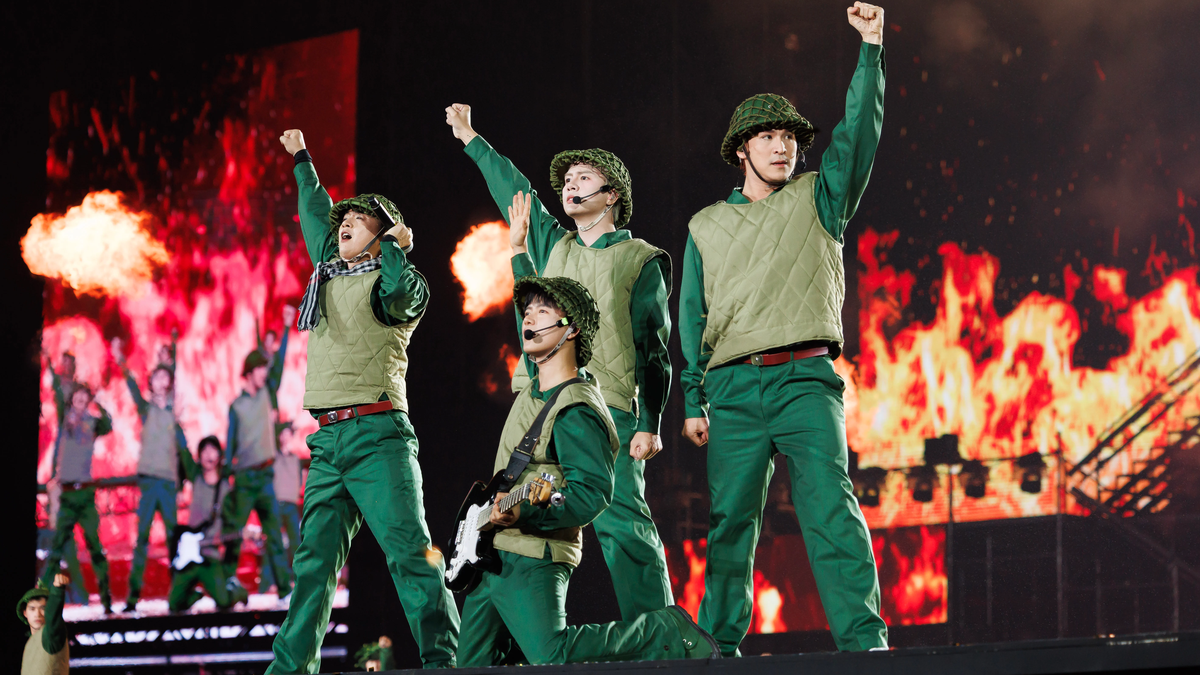
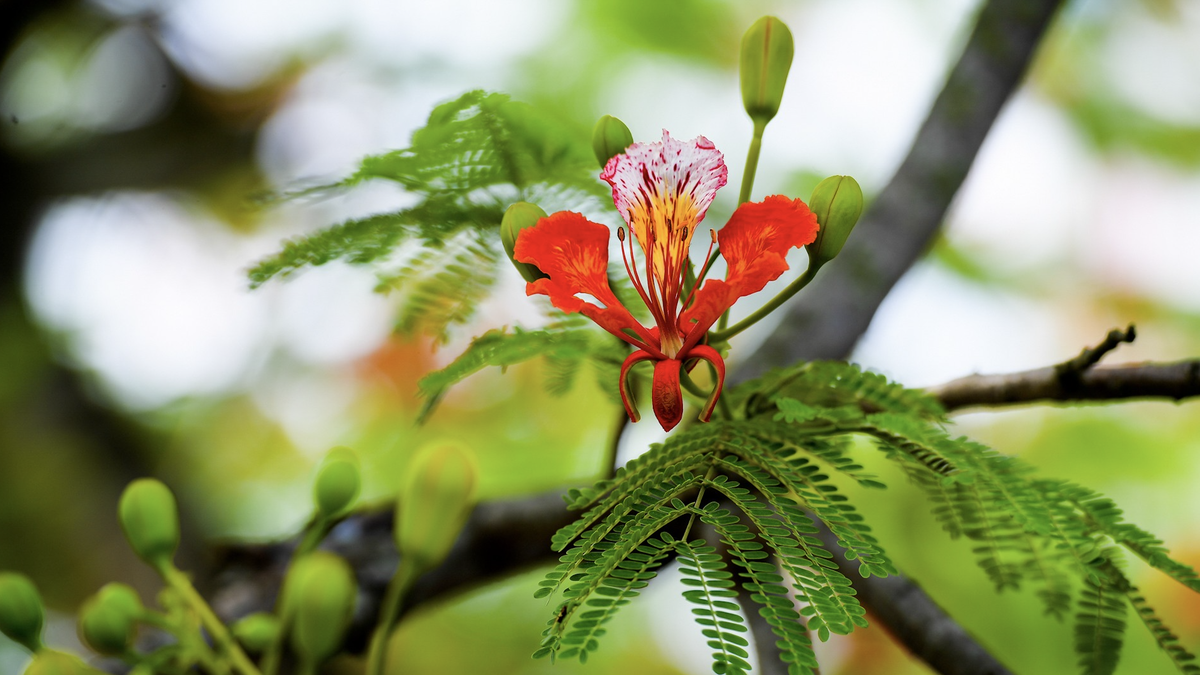

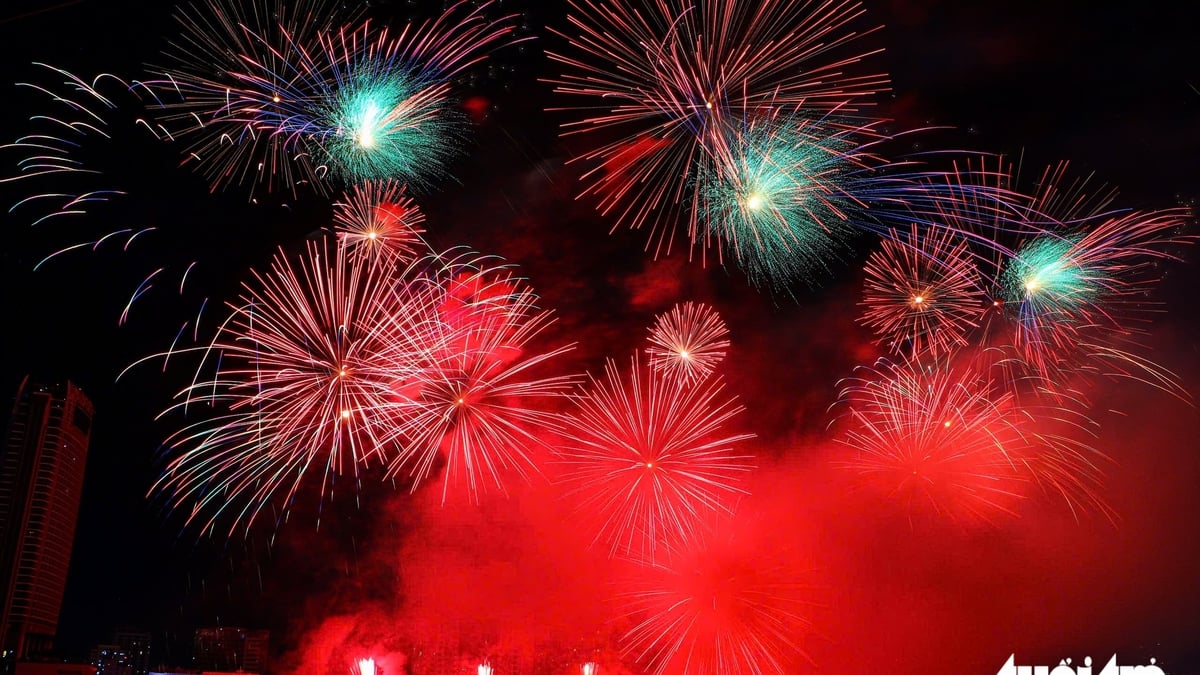


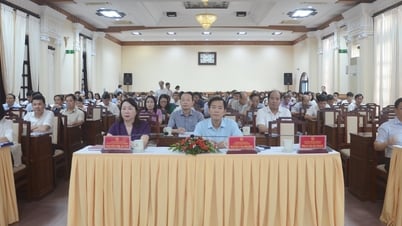


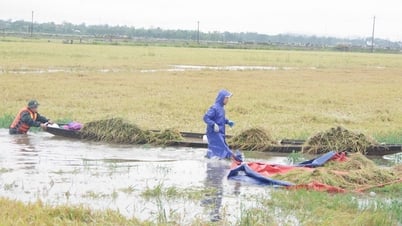

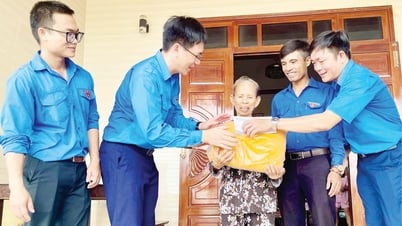







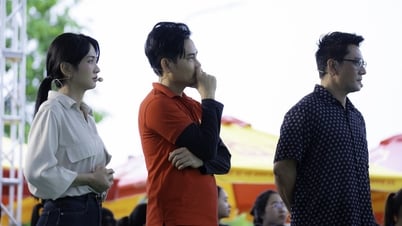
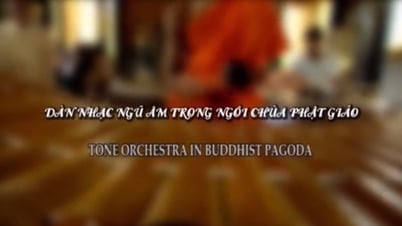

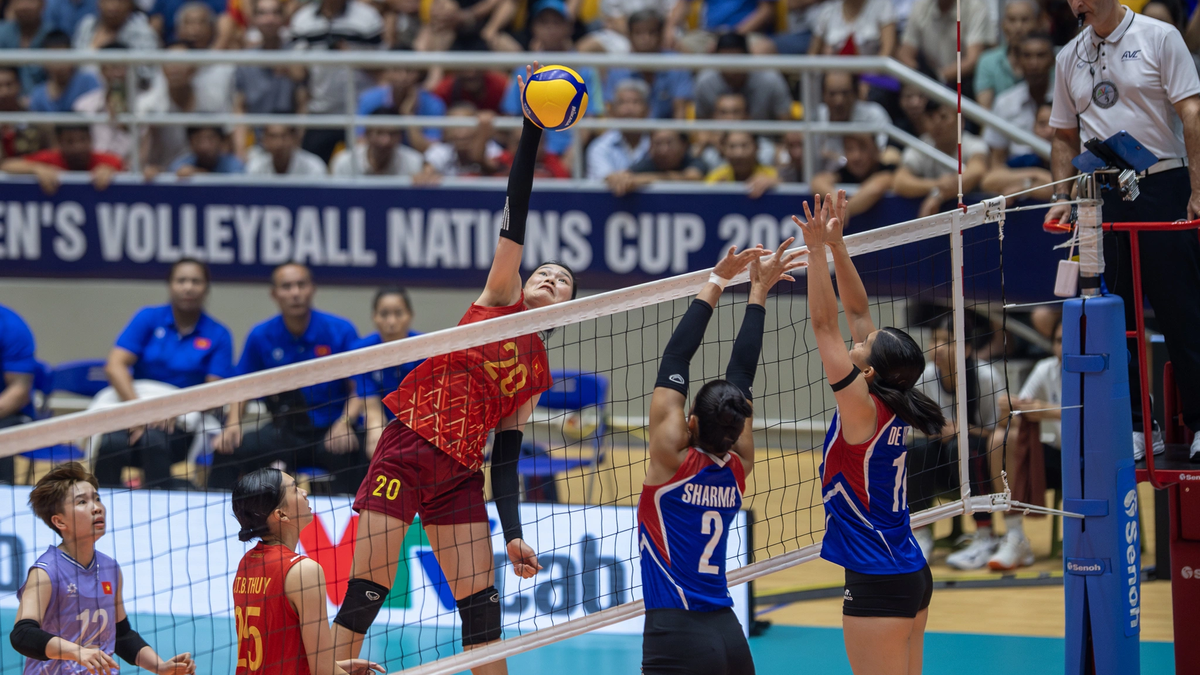
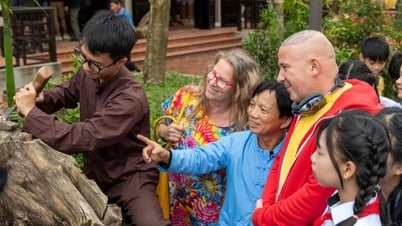






























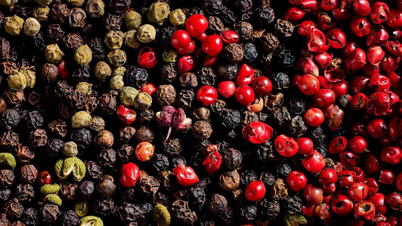
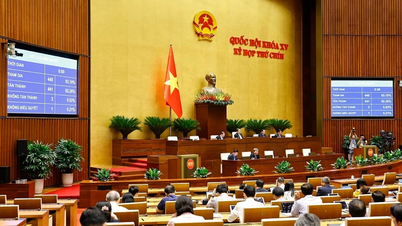

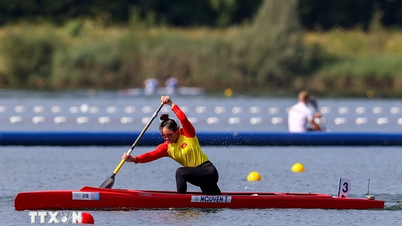
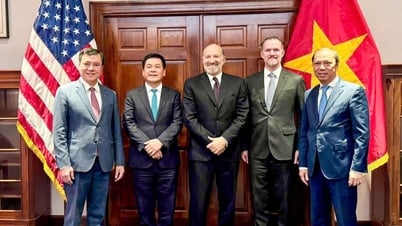




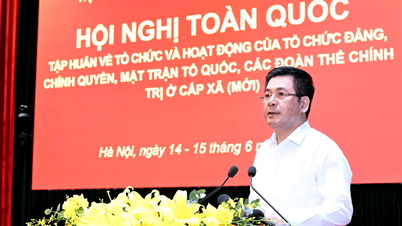



























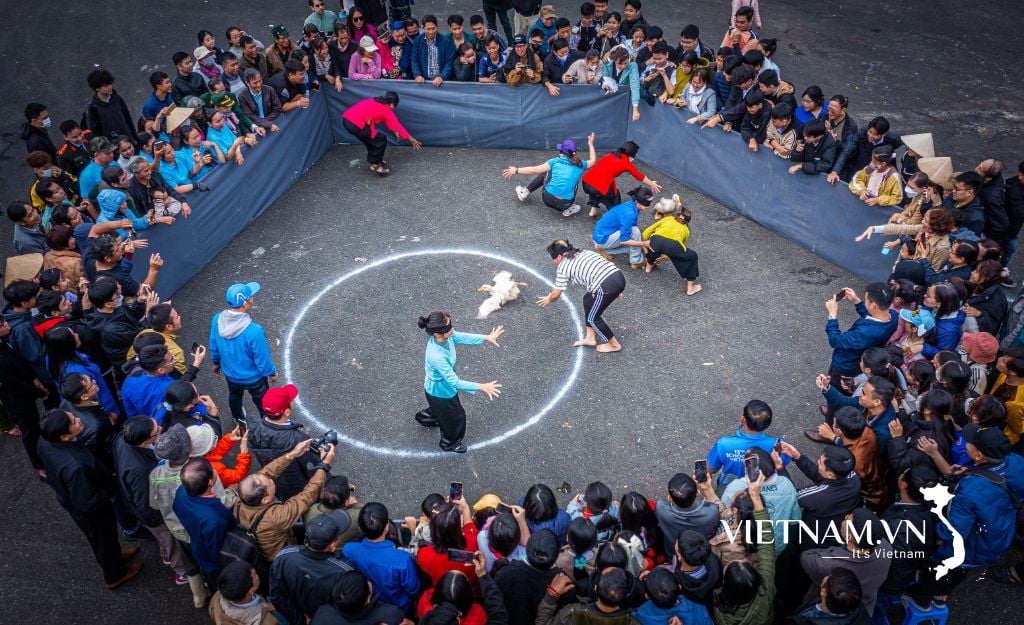


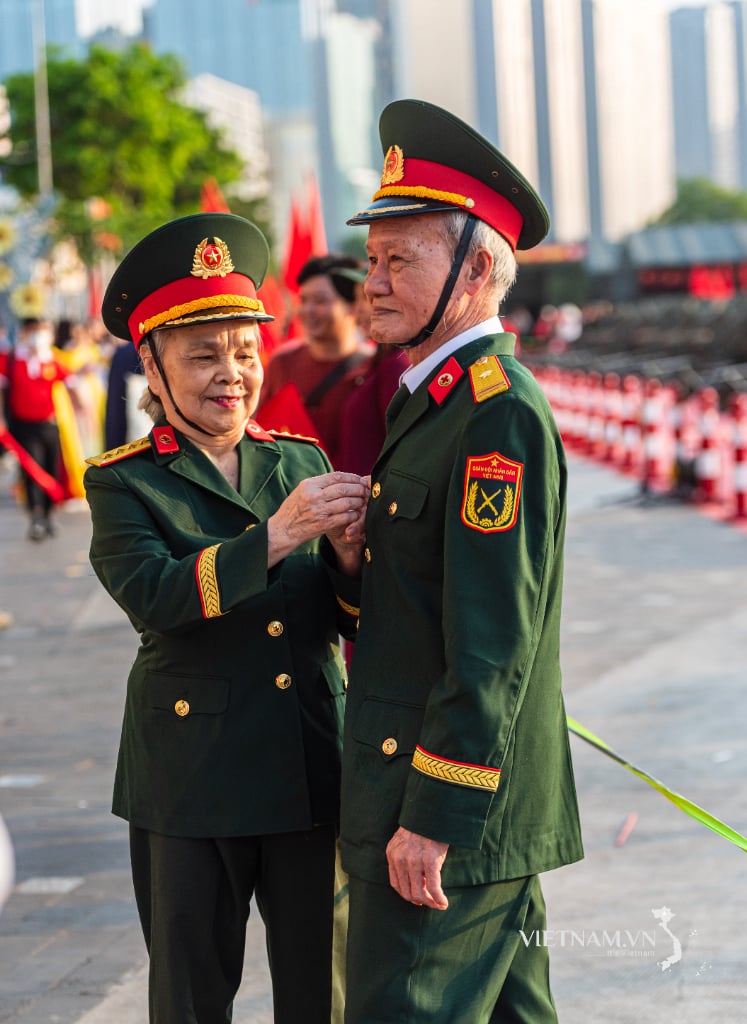
Comment (0)